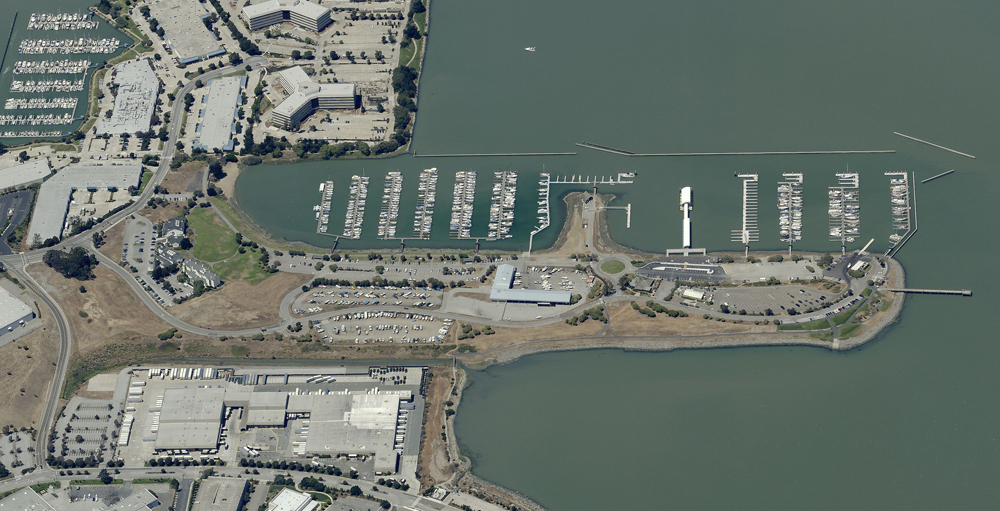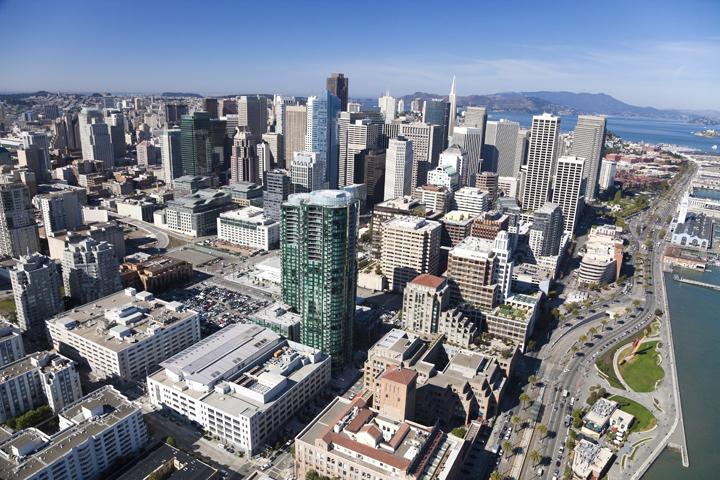Earlier this year, residents of San Francisco passed Prop C–a measure increasing the on-site affordable unit count of new housing developments to 25% from 12% (on residential developments of 25 dwellings or larger). Click here for more details regarding Prop C: PROP C

Last week, The San Francisco Business Times reported that a feasibility study, completed in conjunction with the Controller’s office, suggests that Prop C could hurt the housing stock by discouraging new residential developments–thereby decreasing the overall amount of available housing.
The The San Francisco Chronicle reported that a final submission of the feasibility study will be submitted by the Controller’s Office to the Board of Supervisors in September. Supervisors Jane Kim, Aaron Peskin originally supported the measure.












